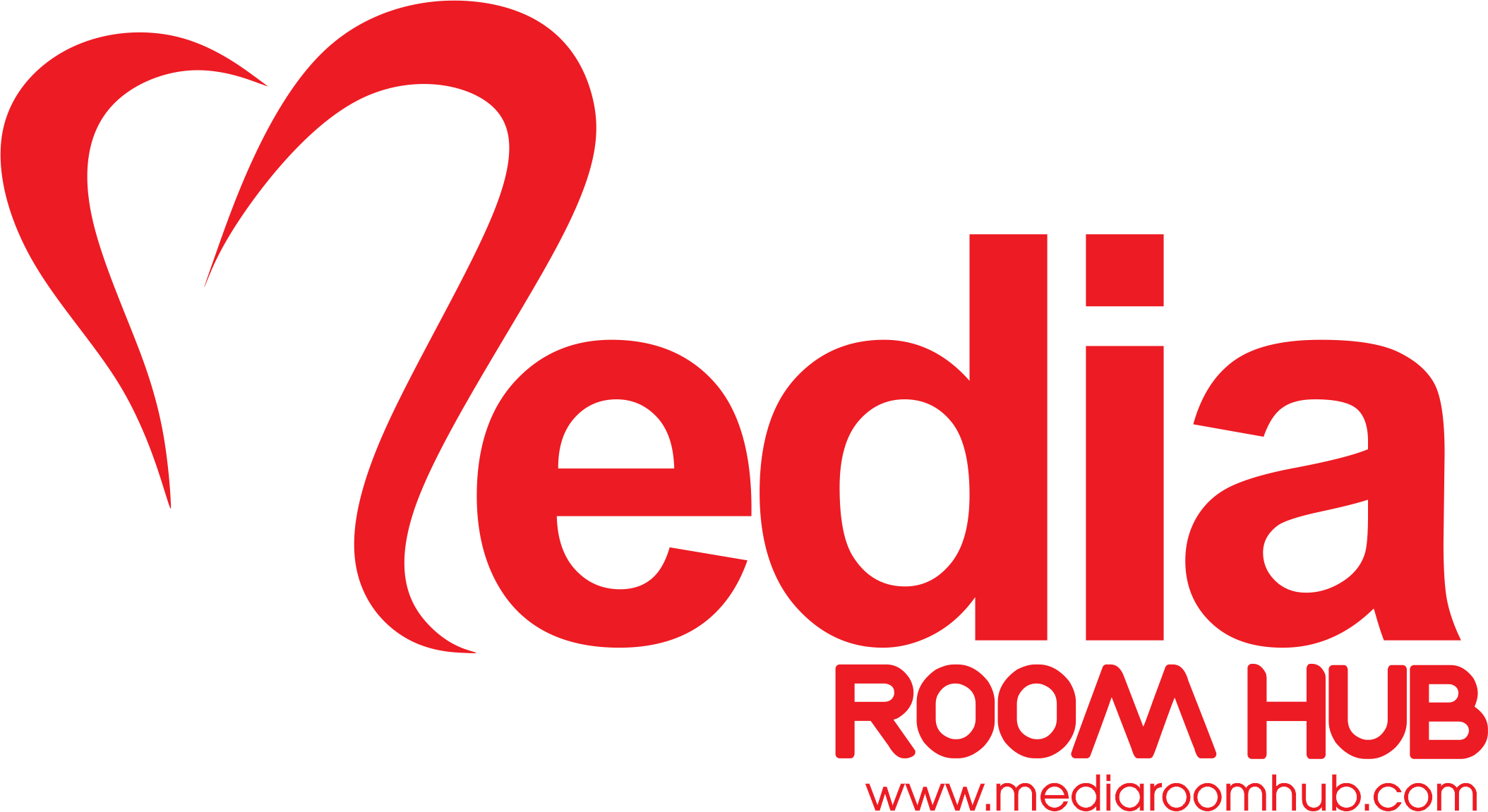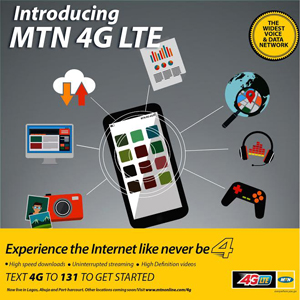

Head of Networks, Ericsson Middle East and Africa, Chafic Traboulsi, spoke with journalists on the company’s recent launch of 5G commercial software for radio and core networks that enable operators to launch 5G from the fourth quarter of 2018. Excerpts:
Ericsson recently launched its 5G commercial software for radio and core networks. Can you elaborate more on the product launch?
We are finalising 5G-readiness for operators by enhancing our 5G Platform with new solutions, so we introduce 5G commercial software for radio and core networks to enable operators to launch 5G in new spectrum from Q4 2018. To capture growth opportunities presented by new 5G use cases, we expand our 5G Core System offering with new capabilities to support 5G NR and also evolve our Distributed Cloud offering for cloud application deployment across multiple sites – central, distributed, and edge.
We also introduced a new category of radio products called Street Macro – a new site type that addresses the need of operators to grow in cities with limited available radio locations. It is a layer in network between macro and micro.
We are also unveiling new radio products supporting Massive MIMO technology – enabling a smooth evolution from 4G to 5G and addressing the need for increased capacity, while simplifying use for wider adoption.
We also add products encompassing multi-band operation, increased capacity and ease-of-site acquisition.
In parallel, we are also announcing that all radio products within Ericsson Radio System delivered since 2015 will support 5G New Radio (NR) capability through remote software installation. This means installed Ericsson Radio System (ERS) products that are active in more than 190 networks around the world are ready for 5G NR
In your opinion, why would operators need 5G?
All the previous technology generations were basically developed to address only Consumer predominantly (for Voice and Text in 2G to browsing in 3G and Higher speed data and Video in 4G). 5G will serve consumers and multiple industries and open up new business models across industries.
In an Ericsson Consumer Lab Study, over 70 per cent of consumers said that faster speed, better reliability and lower latency were their top expectations of 5G. What we can take from this is that 5G isn’t just about new use cases, it’s also about improving the services users already subscribe to.
Enhanced Mobile Broadband (eMBB) is the first use case for 5G. With the continued growth in mobile traffic, there is a need for a more efficient technology, higher data rates, and spectrum utilization. In terms of consumer digitalization and richer user experience, new applications based on virtual and augmented reality will require higher bandwidths and lower latency.
Industry digitalization and 5G open up opportunities for operators to address up to $619 billion market globally in 2026 (in 10 industries by adding digitalizing of retail and agriculture to previously communicated USD 582 billion). This represents a potential to add up to 36 percent growth in revenues in 2026, with manufacturing and energy/utilities sectors representing the biggest opportunity for revenues created or enhanced by 5G.
Use Case Evolution to 5G includes the executive summary of use case evolution to 5G with supporting technologies, followed by separate sections for Enhanced Mobile Broadband, Automotive, Manufacturing, Energy and Utilities and Healthcare.
Fixed Wireless Access (FWA) can provide connectivity for households and Small Medium Enterprises (SMEs) using wireless technologies. Main addressable segments are the unserved areas (i.e., connect the unconnected; representing new revenues for operators) or wireless fiber (i.e., a more cost-efficient way to provide high-capacity connectivity). Operator services may also include telephony and value-added services (e.g., media, security).
When will 5G be available?
We and partners have been working with 5G technology for several years in the labs, and last two years we took these technologies into advanced outdoor field trials. We have also signed first 5G deals with Verizon, Swisscom and Vodafone (UK). The 5G standardization has been accelerated with first 5G NR standard for NSA (non-stand alone 5G) finalized in Dec 2017 and 3GPP Rel-15 is planned to be finalized by mid 2018.
And, we see some operators interest tied to number of major upcoming sporting events that will showcase 5G this year.
From this year onwards we will see full system trials in commercial applications with initial commercial 5G networks and devices based on the 3GPP standards are expected in 2019, with major network deployments from 2020. The first very few 5G devices will likely be introduced towards the end of 2018.
And we estimate the number of subscriptions reaching one billion by the end of 2023.
What will happen in next five years?
Industries will be transforming by new capabilities brought on by 5G. Examples of these capabilities include:
The ability to download a full-length HD movie in seconds; The quick reaction time (low latency) to enable remote robotics; The ability to spin up virtual networks on-demand with network slicing; and Battery lifetimes beyond 10 years for remote cellular devices. This will bring new requirements on the 5G networks.
CREDIT: THISDAY






















